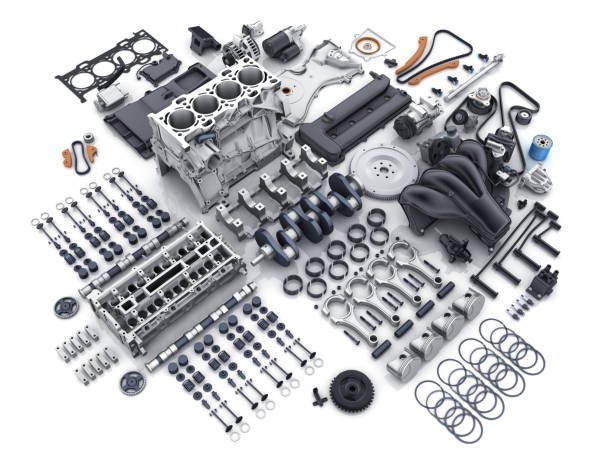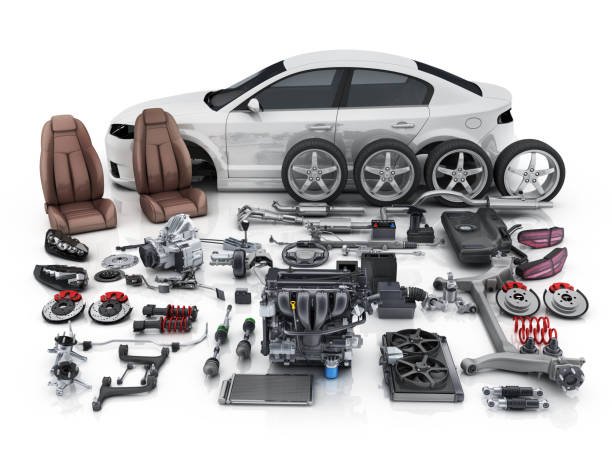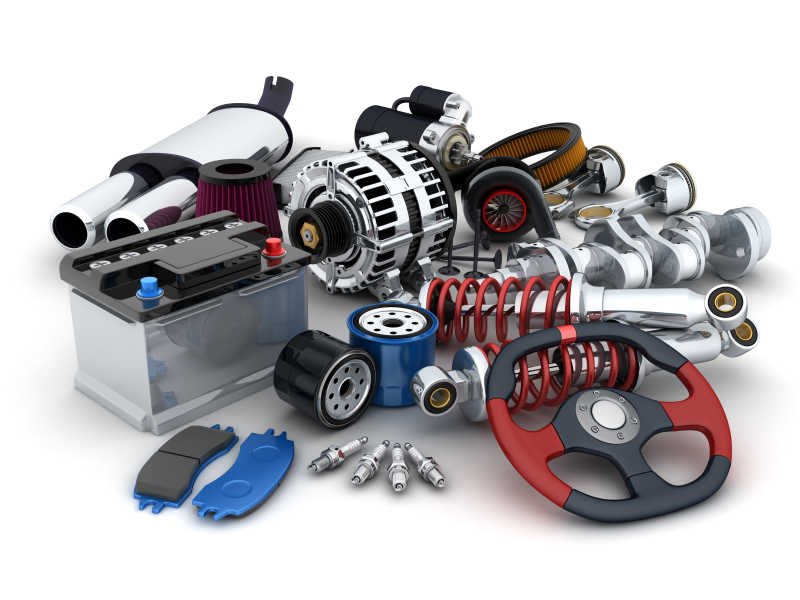How to import auto parts from China
In today’s globalized marketplace, imported automotive components can significantly reduce costs and improve product quality and diversity. As one of the world’s largest auto parts markets, China offers a range of options for companies. As a result, understanding how to import auto parts from China has become a key focus for many companies. Working with a reliable freight forwarder, such as one of China’s top freight forwarders, can significantly streamline your import process. This article will guide you through the steps of importing auto parts from China. Understanding the Chinese auto parts market Overview of China’s auto parts market China has become the world’s largest auto parts market, covering everything from engines and braking systems to electronic control units. Recent market data shows that China’s auto parts exports have been growing steadily year after year, with major suppliers located in the Yangtze River Delta, Pearl River Delta and Bohai Rim regions. Why choose China as your import source Cost Advantage: Manufacturing costs in China are typically lower, offering importers more competitive pricing.Diversified product choices: China has a wide range of auto parts manufacturers to meet the needs of various vehicle models and types.Mature industry and technical standards: The quality of many Chinese manufacturers has improved significantly and is approaching international standards. Choosing the right auto parts Determine the type of part required Before you start importing, it is important to identify the specific types of parts you need, such as engine components, body parts or suspension systems. Conducting a market assessment will help ensure that these parts are in demand. Research suppliers Use e-commerce platforms such as Alibaba and Made in China to search for multiple suppliers. Evaluating their reputation, reviews and past transaction records is essential to making an informed decision. Import Process Choosing a shipping methodWhen choosing a shipping method, you can choose either air or sea freight:Air freight: fast but relatively expensive; best for urgent shipments.Ocean freight: lower freight costs but slower delivery; suitable for bulk orders.Working with a reputable freight forwarder, such as China Top Freight, can ensure a smooth and efficient transportation process. Required Import Documents The import process involves several documents, including: Invoice: records the details of the transaction.Packing list: contains a detailed list of all goods, quantities and weights.Certificate of Origin: proof of where the product was manufactured, which may affect customs duties. Understanding import regulations Each country has strict regulations for importing automotive parts and it is important to ensure that the product meets local legal standards, including safety and environmental regulations. Work with a freight forwarder Choose a Top Freight Forwarder Working with a top-tier freight forwarder not only provides professional transportation management, but also helps you make sense of complex import policies. When choosing a freight forwarder, be sure to pay attention to their range of services, prices and customer reviews. Services offered by freight forwarders Freight forwarders often offer a wide range of services, including:Containerization: an efficient method of transporting cargo.Customs clearance: ensuring that all import and export documents are in order.Logistics services: rapid transshipment of cargo to its final destination upon arrival. Communication skills with freight forwarders Ensure transparent communication with your freight forwarder by clearly articulating your needs and regularly tracking logistics progress. Tracking and After Sales Monitor the status of your shipments Use the online tools provided by your freight forwarder to monitor the status of shipments in real time to ensure timely receipt of your parts. Handling non-compliant parts Upon receipt of your parts, contact your freight forwarder and supplier immediately if there are any quality issues. Be sure to retain relevant evidence for further compliance issues. Conclusion Importing auto parts from China offers significant cost advantages that can dramatically increase your competitiveness in the marketplace. Working with a top-tier freight forwarder like the one in China is critical to ensuring a smooth import experience. We hope this guide on how to import auto parts from China has provided you with valuable insights and helped you embark on your import journey.
How to import auto parts from China Read More »


